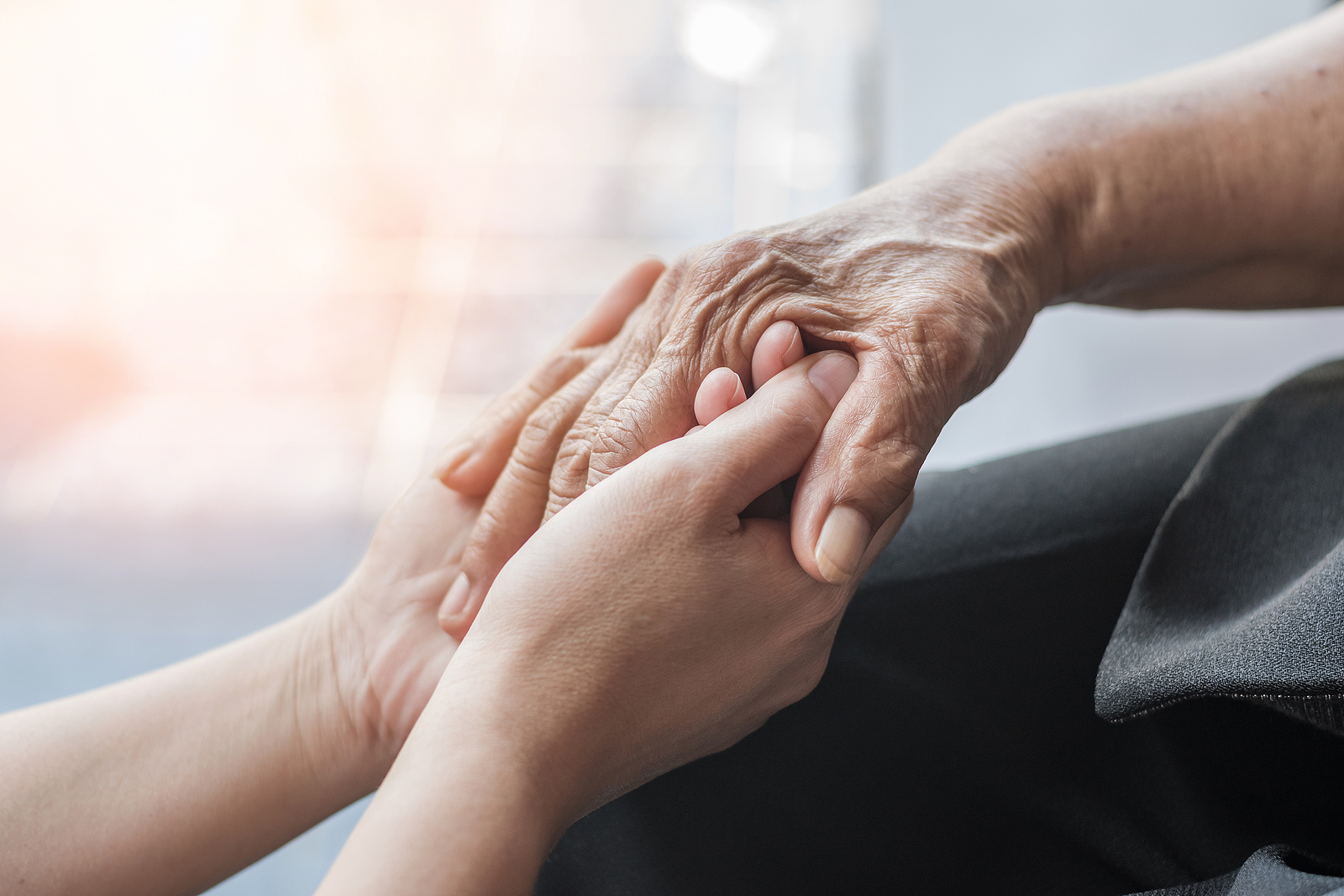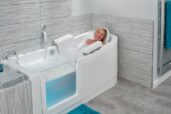Parkinson’s disease is a progressive neurological condition, which affects the mobility and cognitive functions. It is most common in people over the age of 50, but it can develop in adults under 40 as well. There is currently no cure for Parkinson’s, but there are treatments and living aids available to help patients manage the condition.
What causes Parkinson’s disease?
Parkinson’s disease develops when certain nerve cells in the brain begin to die. These brain cells are responsible for producing the chemical dopamine, which is essential for the healthy functioning of the body. The NHS explains that it is not yet known why some people are affected by the disease.
Age is the common risk factor, and men are more susceptible to developing the disease than women. Scientists believe that a combination of age, genetics, and environmental risk factors are the most likely explanation.
What are the main symptoms of Parkinson’s disease?
The main symptoms of the disease include involuntary shaking or tremor, slow movements, and muscle rigidity. However, symptoms can vary between patients, and they may also experience some or all of the following: depression and anxiety, loss of smell, insomnia, and problems with balance and memory.
How is Parkinson’s disease treated?
There is no cure for Parkinson’s disease, and the condition becomes more severe over time. At first, symptoms may be manageable without intervention. As the condition progresses, patients may require a combination of physiotherapy and medication to help them maintain their quality of life.
What support do Parkinson’s patients require?
Eventually, a person with a Parkinson’s diagnosis will require assistance with the tasks of daily living. There are various organisations such as Parkinson’s UK, which can offer more in-depth advice about living with the condition, including practical advice about how to manage work and finances, and diet and exercise tips.
Many people with the condition find that they can live independently for many years with the right home aids and adaptations. One of the most important aspects of maintaining independence in the home is being able to take care of personal hygiene.
In the bathroom, grab rails by the toilet and bath or shower are useful for extra support, as are anti-slip floorings. There are several assisted bathing solutions available that can aid with safely entering and exiting the bath and shower. Bath lifts and bath and shower seats are useful for many people with restricted mobility, for example.
Another popular solution is to completely convert the bathroom, or another small room such as a spare bedroom, into a wetroom. If getting up and downstairs is an issue, then converting or extending the ground floor of the house may be the best option. Wet rooms have fully waterproofed floors and walls, so there are no raised profiles required.
If you are interested in finding out about funding options for disability home adaptations, it is best to contact your local authority in the first instance. They will make a financial assessment to see if you are eligible for any grants, and arrange for an occupational therapist to visit you at home.
If you are interested in finding out more information call us on 01491 411041 or visit our website.
16 January,2023









